In the wake of George Floyd’s death, folx mention that there has been a “awakening” for racial (in)justice. However, communities of colour have been “woke” to this reality for too long. In Canada, the Black and Indigenous communities have been particularly affected by racial injustice, and more specifically, by police brutality.
The Black Lives Matter movement began in 2013 in California, after the killing of a Black unarmed boy, Trayvon Martin, in Florida, by police officer George Zimmerman. A tweet with #BlackLivesMatter gained traction and then, Alicia Garza, Patrisse Cullors, and Opal Tometi created a Black-centered political will and movement building project called #BlackLivesMatter. This movement, which started in the US, has now spread internationally.
In Canada, the movement began in Toronto, when Sandy Hudson organized a demo in front of the US Consulate after the shooting of Michael Brown in Ferguson, Missouri. Soon after, the police shootings of Andrew Loku and Jermaine Carby in 2015 in Toronto sparked more protests and demands for police accountability and racial justice (source). Currently, the Black Lives Matter Global Network is organizing in communities across Canada, the US, and the UK.
| In Tiohtiá:ke (Montreal), the BLM goals are to: |
- Fight anti Black racism in all its contextual forms and in all its colonial, heterocissexist, capitalist and ableist imbrications
- Promote and encourage support care and healing of our communities
- Imagine and build the freedom and collective emancipation of people of African descent in Tiohtiá:ke/Montreal and elsewhere
- (Re)build essential relationships and soladiraties, for instance with many communities of colour and Indigenous peoples, including the Kanien’kehá:ka nation, guardians of the lands and waters that welcome us
(source)
Statistics on Police Violence in Canada
- Just in the first half of 2020, there were 30 killings by police in Canada, which is the full-year average for such deaths over the past 10 years (the deadliest year was 2016, when 40 people were killed). And these numbers are excluding deaths while in-custody, “accidental” deaths, as well as suicides (following police interactions).
- 70 % of victims suffer from mental health and substance abuse problems.
- When taking into account the racial and ethnic composition of the overall Canadian population, two distinct groups are overwhelmingly over-represented in these encounters: Black and Indigenous people.
- Indigenous people form 16% of the deaths but only 4.21% of the overall population.
- Black people form 8.63% of deaths and only 2.92 %of the population.
- Of the 461 cases involving a fatal police encounter,there were only 18 cases where criminal charges were laid against an officer. Of these cases, there have been two convictions.
(source)
In Tiohtiá:ke (Montreal):
- More than half of Quebec’s homeless population is in Montreal. Despite only representing 0.6% of Montreal’s population, Indigenous people represent 12% of the city’s homeless population. Between 1994-2010, close to 65,000 tickets were issued to homeless people in Montreal, often for minor offences.
- Between 2000 and 2017, the SPVM killed 32 individuals. The majority of the victims were killed when addressing a mental health crisis.
- The SPVM is six times more likely to target Indigenous people, and four times more likely to target Black people than white people.
- Indigenous women are eleven times more likely to be checked by the police than white women.
- Although Montreal has been declared a “Sanctuary City” for undocumented migrants, the SPVM has the highest communication levels with the Canada Border Services Agency, Canada’s equivalent of ICE. 71% of undocumented migrants in Montreal purposefuly restrict their own mobility in fear of the police.
- There are several studies proving the rates of over policing in “Black neighborhoods”, such as Montreal-Nord and Saint Michel.
(source)
The CSU’s campaign on Black Lives Matter supports and echoes the demands made by the Defund the SPVM Coalition as well as the calls from the Concordia Black Studies Collective.
As evident by the “Sir George Williams Affair”, Concordia has played a central role in modern anti-Black racism in Montreal. It is our responsibility as Concordia students to recognize this and demand that the University now play a role in putting an end to racism, at the very least, at the institution.
We join the calls for racial justice and an end to police brutality, centering the safety and security of all peoples, including Black, Indigenous, Disabled, Trans and Queer lives, and not just the illusion of “safety and security” for the white and privileged of our society.

